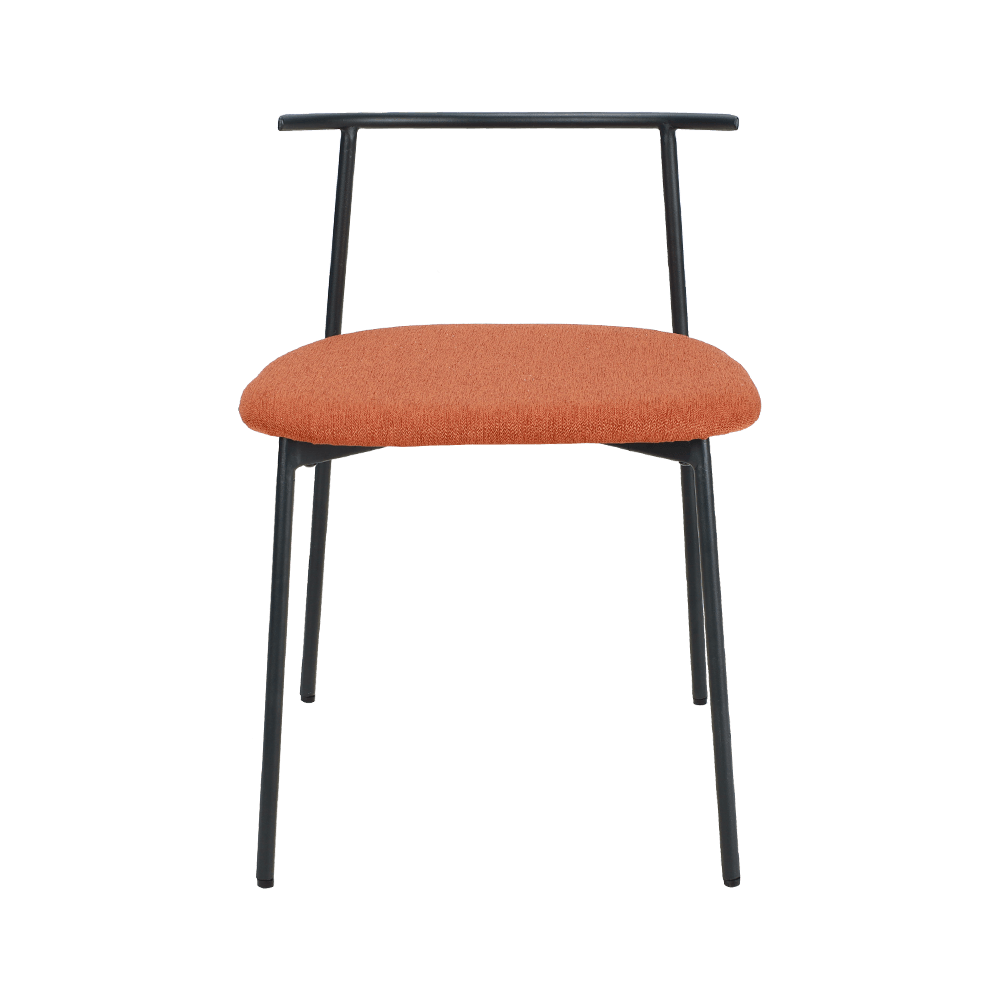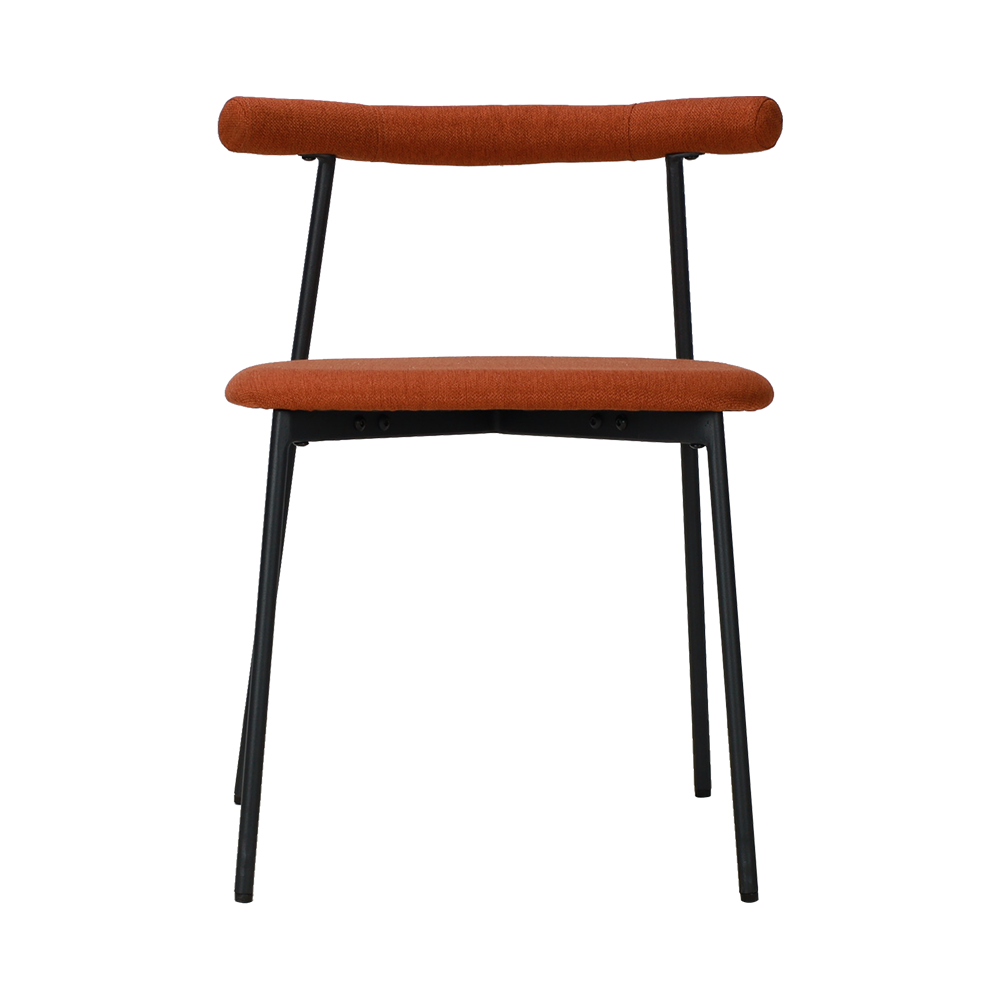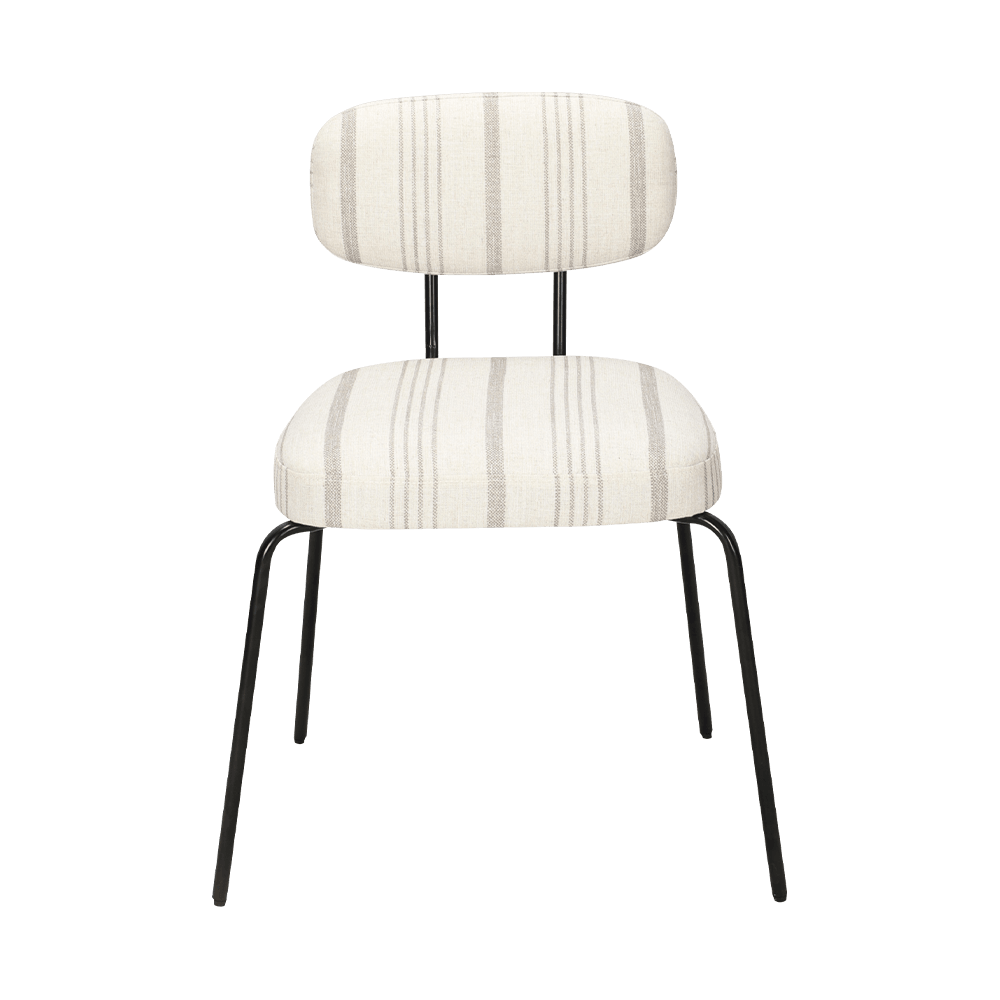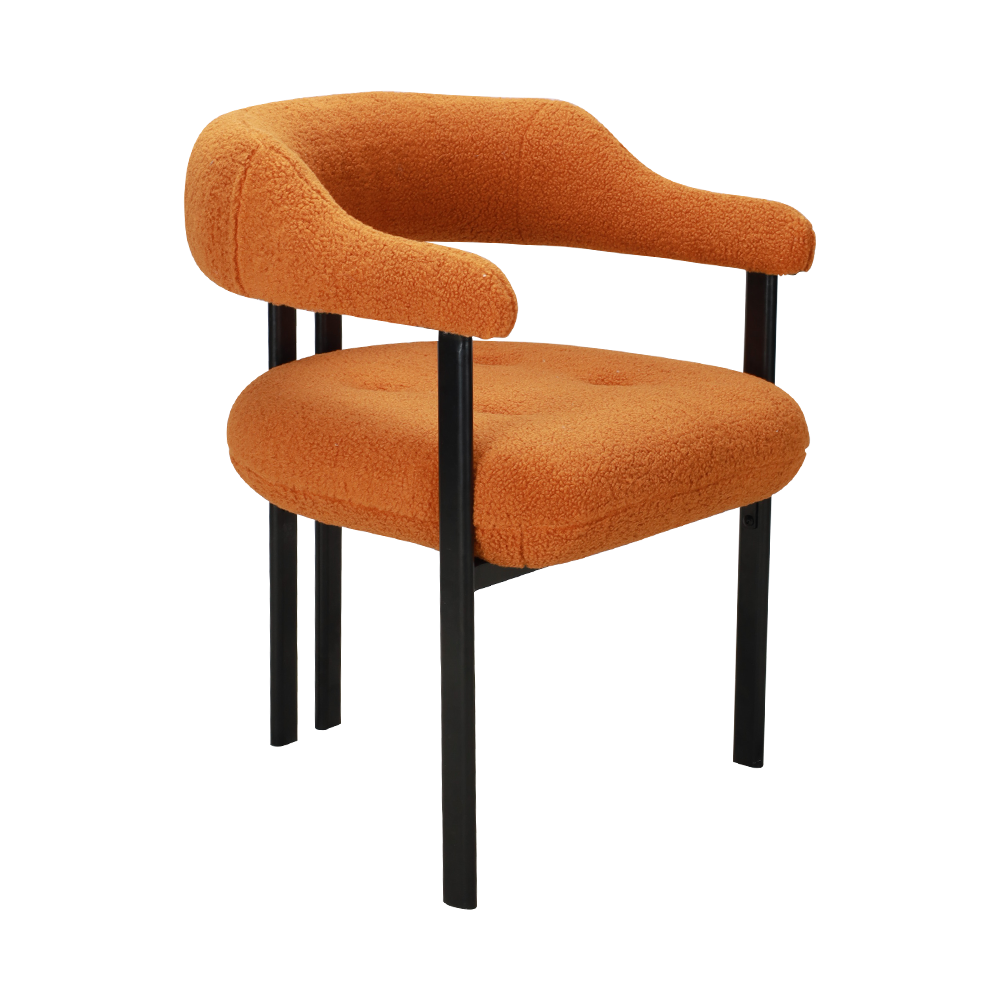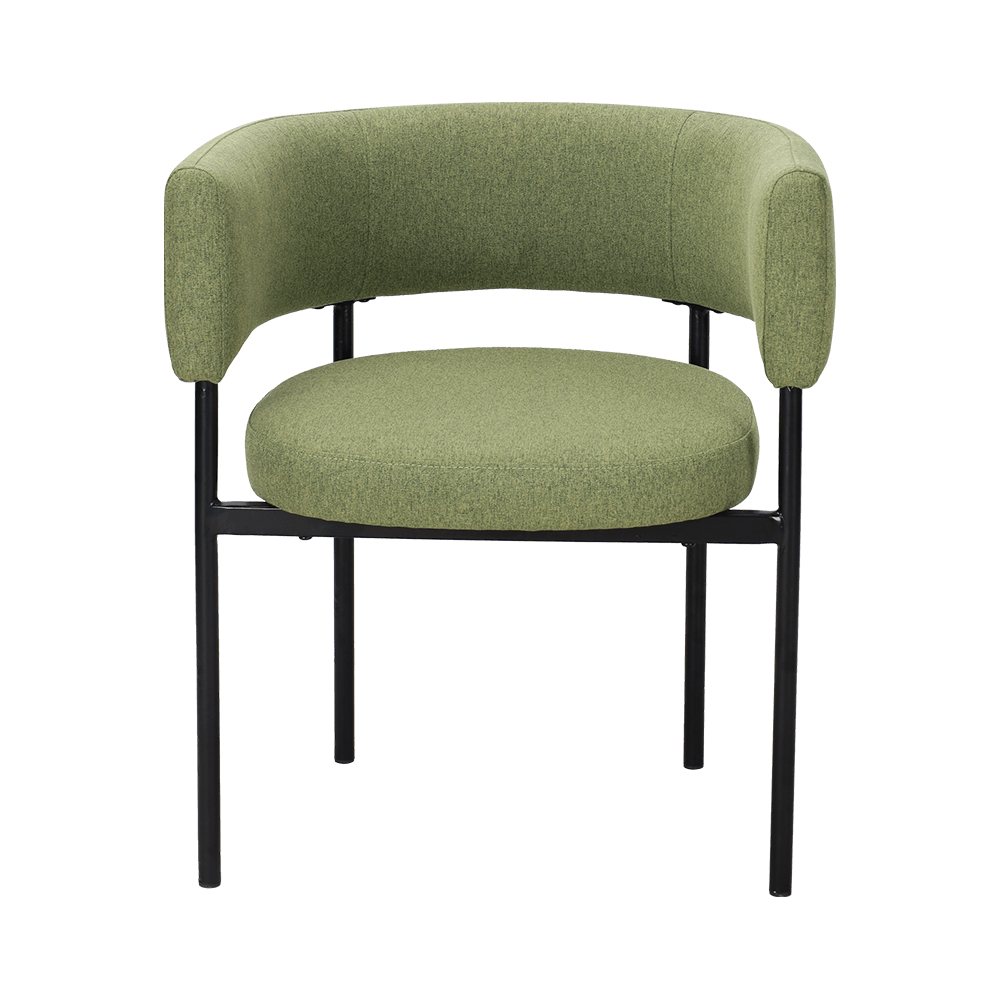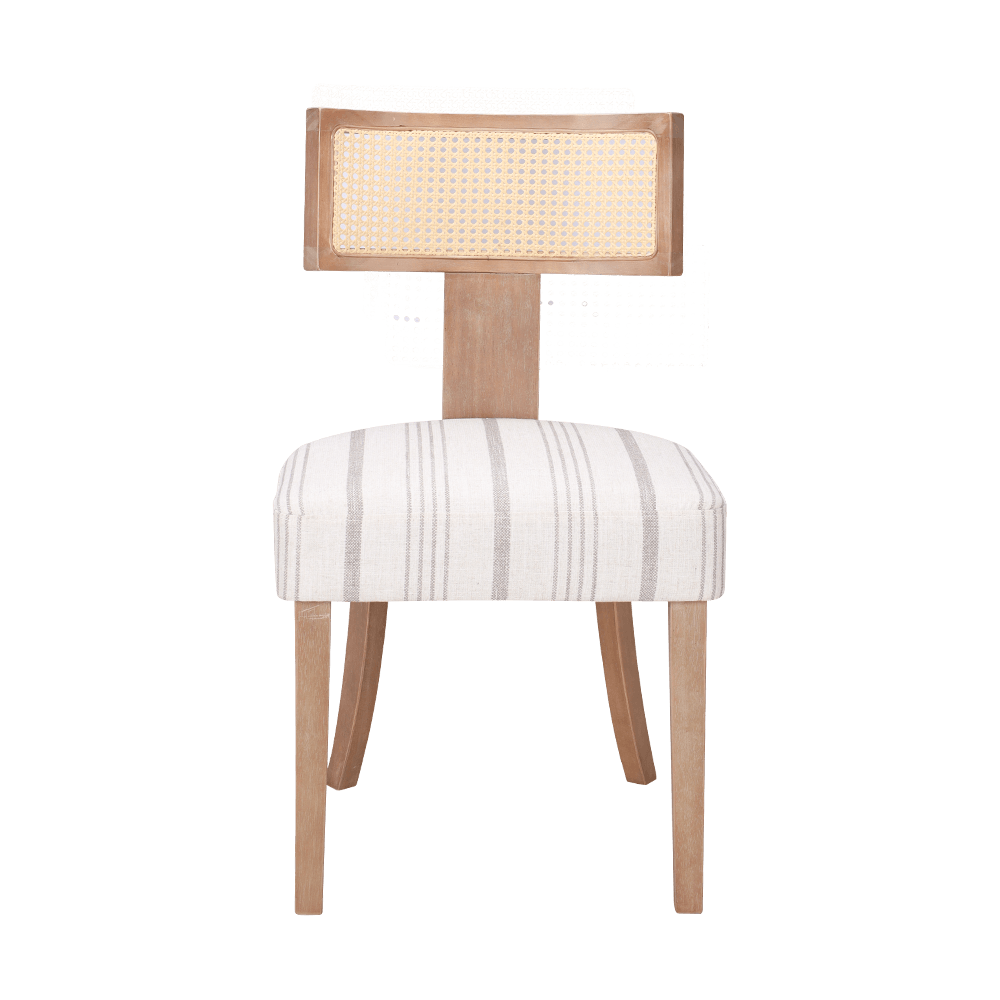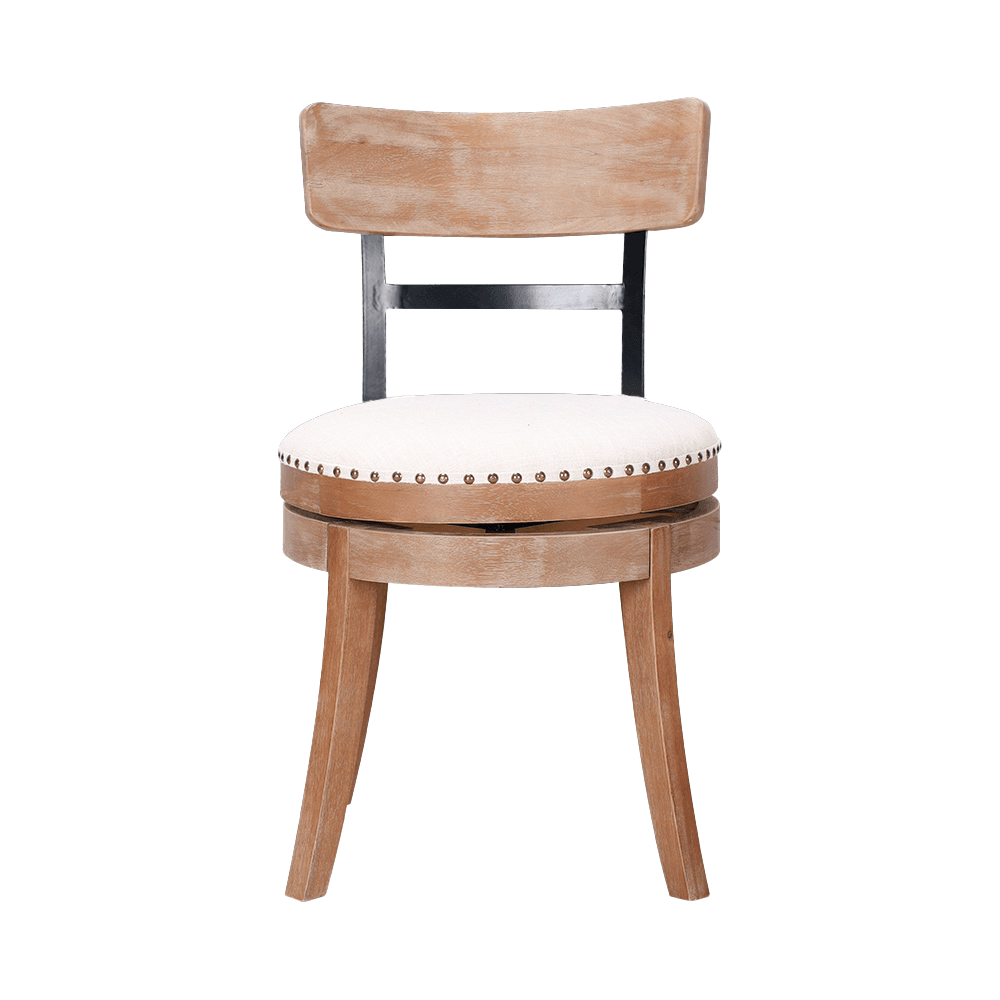How to Maintain Solid Wood Armless Dining Chairs for Long-Lasting Finish and Durability
Posted by Zhejiang Wanchang Furniture Co., Ltd.
Solid wood armless dining chairs are a timeless addition to any dining space, combining durability, natural beauty, and versatile design. Unlike chairs made from engineered wood or metal, solid wood requires regular care to maintain its finish, structural integrity, and aesthetic appeal. Proper maintenance ensures that these chairs continue to complement your interior for years while remaining comfortable and safe to use.
1. Regular Cleaning
Daily or weekly cleaning is essential to prevent dirt, dust, and spills from damaging the wood surface:
- Dusting: Use a soft, dry microfiber cloth to remove dust and particles that can scratch the wood finish over time.
- Wiping Spills: Immediately wipe up liquid spills with a damp cloth, followed by a dry cloth to prevent moisture absorption and staining.
- Avoid Harsh Chemicals: Do not use bleach, ammonia, or abrasive cleaners, as they can strip the protective finish and discolor the wood. Mild soap diluted in water is typically sufficient for gentle cleaning.
2. Polishing and Conditioning
Regular polishing keeps the wood hydrated and preserves its natural luster:
- Wood Polish or Wax: Apply a high-quality furniture polish or wax every few months to enhance shine and protect the surface from minor scratches.
- Oil Treatments: For unfinished or oil-finished chairs, use natural oils like teak or linseed oil to maintain moisture balance and prevent cracking or warping.
- Avoid Over-Polishing: Excessive application of polish can lead to sticky buildup and attract dust. A thin, even layer is sufficient.
3. Temperature and Humidity Control
Wood is sensitive to environmental changes, which can affect both its durability and finish:
- Avoid Direct Sunlight: Prolonged exposure can fade color and dry out the wood, leading to cracks. Use curtains or blinds to reduce sunlight exposure.
- Maintain Stable Humidity: Rapid changes in humidity can cause wood to expand or contract. Use a humidifier in dry climates and dehumidifiers in overly humid areas.
- Avoid Heat Sources: Do not place chairs near radiators, stoves, or heaters, as excessive heat can warp the wood.
4. Handling and Usage
How you use and handle the chairs also impacts longevity:
- Lift, Don’t Drag: Dragging chairs can stress the joints and damage flooring. Always lift chairs when repositioning.
- Weight Limits: Avoid exceeding the recommended weight capacity, which could weaken the joints over time.
- Avoid Sharp Objects: Be mindful of belt buckles, pet claws, or other sharp objects that could scratch or dent the wood surface.
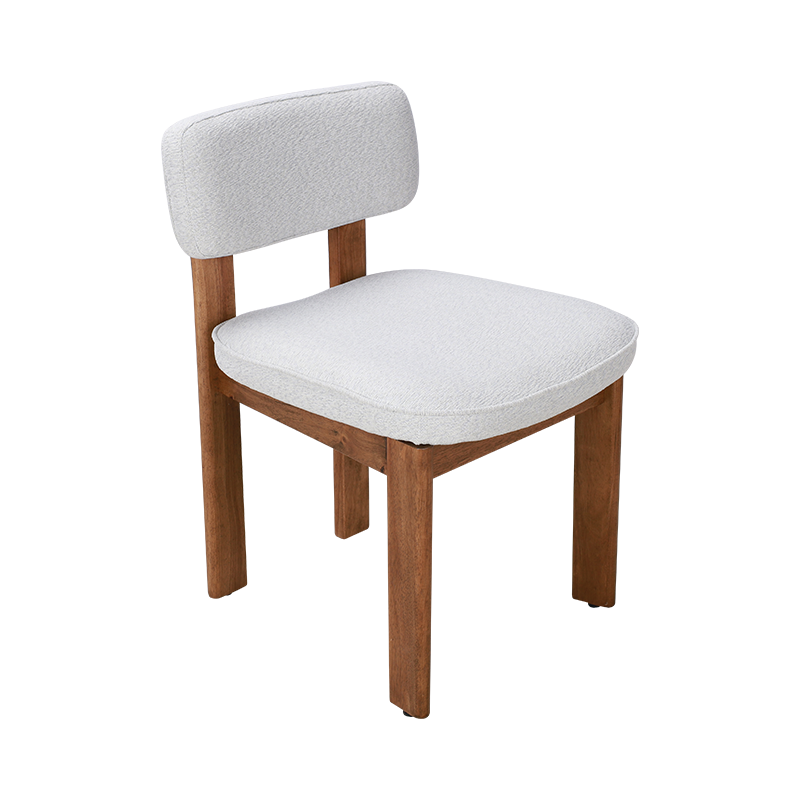
5. Periodic Inspection and Maintenance
Regular inspection allows early detection of wear or damage:
- Check Joints: Inspect legs, seat frames, and back supports for looseness. Tighten screws or bolts as needed.
- Surface Repairs: Minor scratches can be treated with touch-up markers or wood filler. For larger damage, sanding and refinishing may be required.
- Reapply Finish: Over time, the protective finish may wear off. Reapplying varnish or sealant helps preserve the wood’s appearance and durability.
6. Upholstery Considerations
If your solid wood armless dining chairs include cushions or upholstered seats:
- Vacuum Regularly: Remove dust and debris from fabric using a vacuum cleaner with a soft brush attachment.
- Spot Cleaning: Treat stains promptly with a gentle fabric cleaner appropriate for the material.
- Rotate Cushions: If cushions are removable, rotate them periodically to ensure even wear.
Conclusion
Maintaining solid wood armless dining chairs involves a combination of regular cleaning, polishing, environmental control, careful handling, and periodic inspection. By following these practices, you can preserve the natural beauty, finish, and structural integrity of your chairs for many years. Proper care not only enhances the longevity of the furniture but also keeps your dining space looking elegant, comfortable, and inviting.




 中文简体
中文简体 English
English